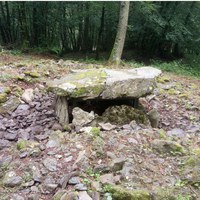2.- Idoia (Iruia)
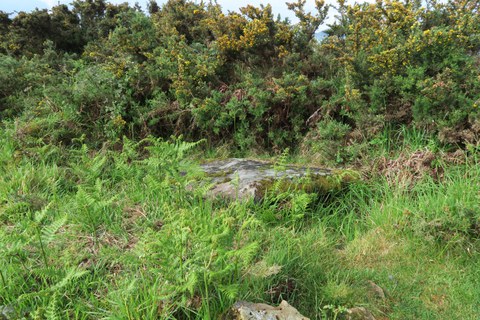
Measurements
The tumulus has a diameter of 9 meters and a height of 0.75 meters. The slab is 1.8 x 1.7 meters wide.
Research
It was discovered by J.M. Barandiaran in 1920, and excavated a year later by T. Aranzadi, E. Eguren and J.M. Barandiaran. Since then, no further research has been carried out. The study of the structure and some materials has been published in several research papers: Aranzadi, Barandiaran and Eguren (1922), J. M. Barandiaran (1953), J. Elósegui (1953), Archaeological Maps of Gipuzkoa (1982, 1990), J. M. Apellániz (1973).
Findings
During excavation, three ceramic shards were found next to bones of present-day fauna. The pottery is handmade and dates from the Neolithic-Bronze Age.
- Type
- Dolmen
- Date
- Neolithic-Bronze Age (4,000-1,500 B.C.)
- Town
- Soraluze
- Location
On the plain known as Idoia, on the north-western slope of Atxolin.
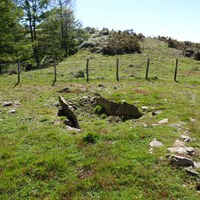
1.- Gizaburuaga
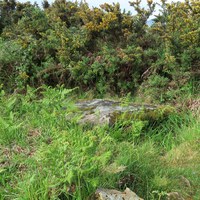
2.- Idoia (Iruia)
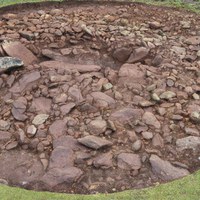
3.- Sabua
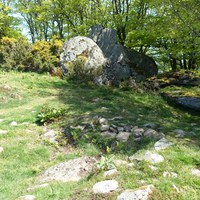
4.- Atxolin
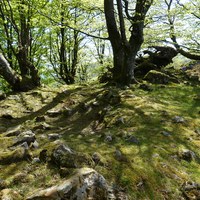
5.- Atxolintxiki I
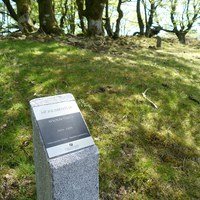
6.- Atxolintxiki II
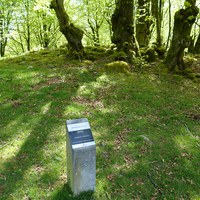
7.- Azkoin
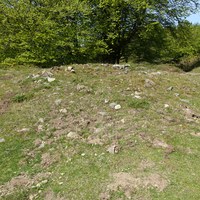
8.- Pagobedeinkatua
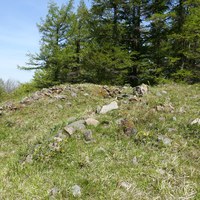
9.- Nasikogoena
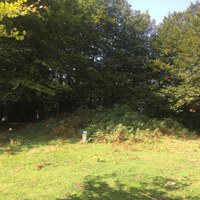
10.- Kurutzebakar
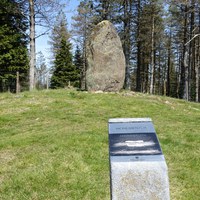
11.- Arribiribilleta
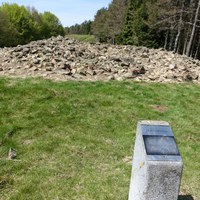
12.- Irukurutzeta
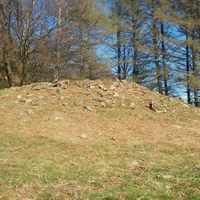
13.- Aizpuruko zabala
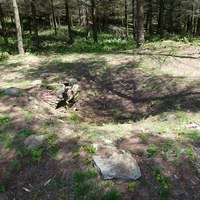
14.- Kerexeta
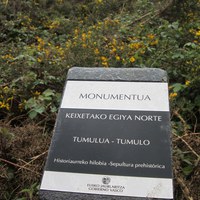
15.- Kerexetaegia Iparrekoa
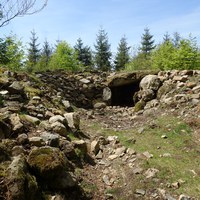
16.- Kerexetaegia Hegokoa
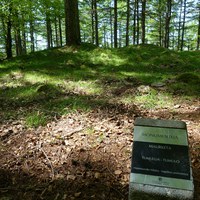
17.- Maurketa
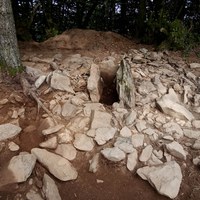
18.- Frantsesbasoa
